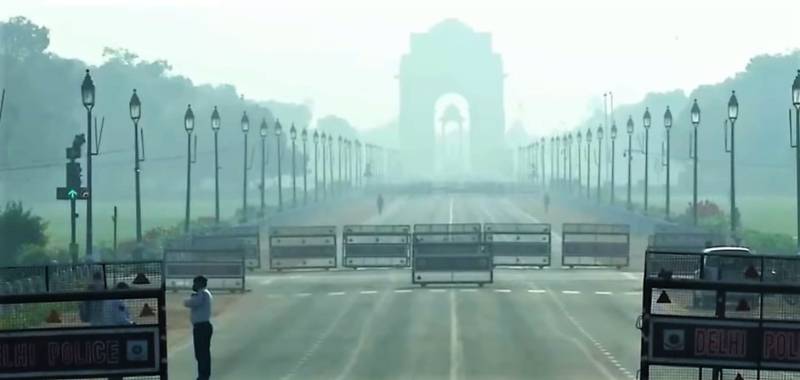
Should the lockdown be ended after the three-week period announced by the Prime Minister Narendra Modi, which expires on 14th April, or should it continue thereafter? This is the difficult catch 22 choice which the authorities in India are encountering.
Some key consequences of lifting the lockdown are to be noted:
Consequences of not ending the lockdown:
Juxtaposing the above two scenarios, one can conclude that India is in a catch 22 situation, with no light at the end of the tunnel. The future, therefore, is grim.
Some key consequences of lifting the lockdown are to be noted:
- Ending the lockdown may result in a huge upsurge of coronavirus cases as people would congregate, thus increasing chances of infections by this highly contagious disease, and highly likely, numerous deaths.
- During the lockdown, people have observed social distancing to prevent viral spread. This social distancing would end with the lockdown. The social interactions would resume in schools, factories, offices, courts, trains, buses, etc., thereby spreading the virus.
- It may be mentioned that coronavirus (or rather novel corona virus, which seems to be a mutant of the earlier coronavirus which caused colds, flu, etc) is a highly infectious disease which spreads rapidly when social distancing is not maintained. In one of the possibilities, a single person may infect half a dozen others, and each one of those may infect another half a dozen, and so on. This is like a chain reaction in an atomic bomb. Very soon, a single infected person (who may not even be aware that he is infected since the symptoms do not appear often in a long time ) may infect thousands ( as allegedly the Markaz of Tablighi Jamaat in Nizamuddin did).
- Millions would be endangered if businesses and workplaces are opened. As staff starts working, courts resume normal functioning with tens of thousands of lawyers, clerks, litigants etc crowded together, and other institutions re-open while a single carrier of COVID-19 could cause the spiral.
- There is little medical testing in India for coronavirus as India simply does not have the medical kits / equipments including ventilators etc. sufficient enough for its huge population of 135 crores.
- Telangana Chief Minister K. Chandrashekar Rao is in favor of extending the lockdown in his state. Whereas , Maharashtra, Rajasthan, UP, Assam, Chhattisgarh and Jharkhand have indicated that they would not fully lift the restrictions after next Tuesday.
Consequences of not ending the lockdown:
- Continued shutdown may result in poor people dying of hunger in massive numbers as they get deprived of food, work and money, like the immigrant workers in cities who had to trek hundreds of kilometers on foot to their villages.
- Estimates indicate that about 450 million or roughly 80-90% of Indian workers are in the unorganized sector of the economy, and these are daily wage earners, having no security of tenure. The shutdown has hit these (and their families) the hardest.
- Reports are coming from rural areas that because of the shutdown, farmers cannot sell their produce, as there is no transport to take it to mandis (markets). The fact that no one is coming to the mandis is only worsening their hardships as their unsold produce perishes.
- Similarly, the businesses are also bearing the brunt of the crumbling economy. International exports have taken a steep dive. Huge infrastructure projects are at a standstill due to the lockdown. Many industries have closed down throwing lacs of workers into unemployment.
- Article 19(1)(b) grants Indian citizens the right to assemble peacefully, while Article 19(1)(d) grants them the right to move freely throughout India, and Article 19(1(g) grants them the right to practice any profession, trade or vocation. All these fundamental rights are being violated under prolonged shutdowns.
Juxtaposing the above two scenarios, one can conclude that India is in a catch 22 situation, with no light at the end of the tunnel. The future, therefore, is grim.
